Increasing the variety of plants in your garden not only enhances its beauty — it also increases crucial habitat for your wild neighbours and guests.
The plants you choose for your garden will determine what wildlife drops by to feed, rest, nest and overwinter. Here are three must-dos and three never-dos when choosing plants to support the birds, bees and other wildlife we love and need.
MIX IT UP!
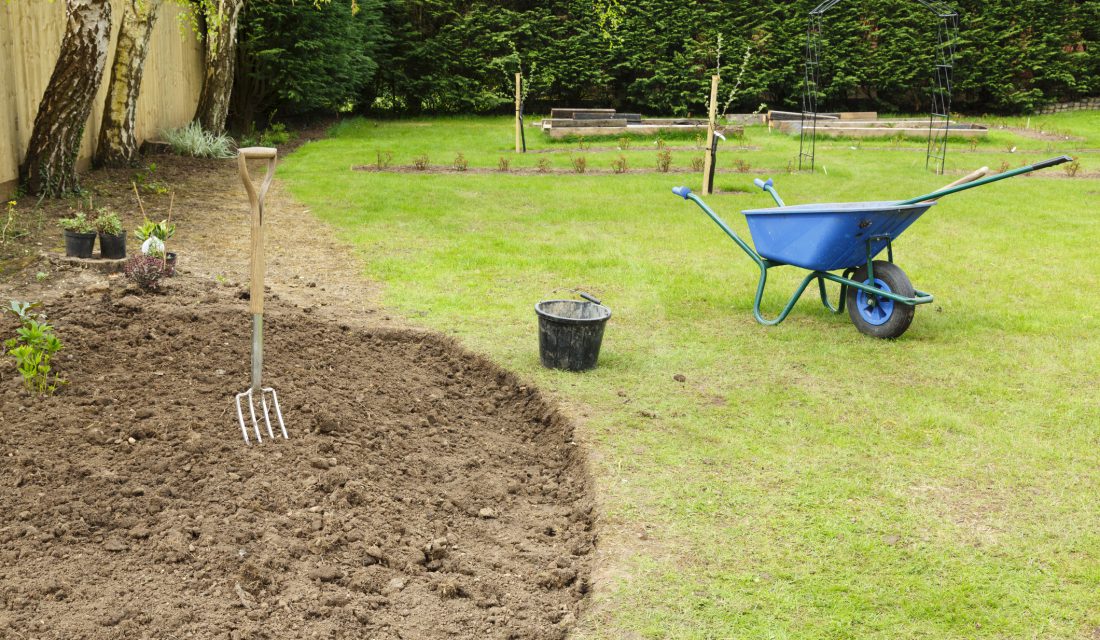
The first thing to consider is how many plant types your outdoor space can accommodate. If your yard is large enough, a combination of deciduous and evergreen trees will attract and serve many types of birds. Nature doesn’t waste a thing, so even dead or dying trees can be a crucial part of any ecosystem: when possible, leave them standing after removing any potentially dangerous branches. Many bird species — including certain types of owls and ducks — will use them for nesting, escaping predators and roosting. Some bat species may even live in cracks of larger trees. In smaller spaces, shrubs are similarly beneficial and will help create the “bones” or structure of your garden.
Perennials are also important, as are vines, ferns and grasses that provide shelter for smaller animals. Just as adding rooms and furniture to your house creates new opportunities for your guests, together these elements in your garden provide sustenance, safety and opportunity for a wide variety of wildlife.
OFFER FLOWERS
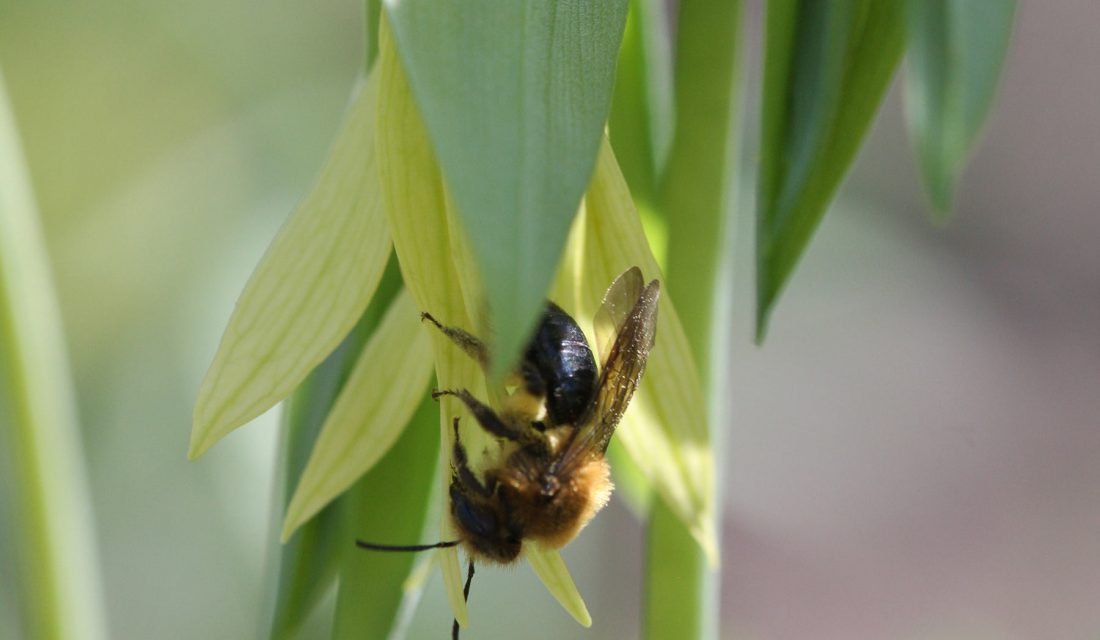
Blooms provide food for pollinators all through the growing season — from early spring when the queen bumblebee emerges from the ground and needs energy to start her colony, through until the monarch butterflies drop in to fuel up at “flower stations” along their migratory journey in late summer and autumn. You can help by growing native maples, willows, bloodroot and pasque flowers for early spring pollinators, nodding wild onions, wild bergamot and harebells in the summer, and asters and goldenrods in the late fall. Note that goldenrod can have a place in even a tidy garden if you choose carefully: not all species spread as quickly as the common Canada goldenrod, and none cause hay fever, despite some bad press.
Having a mix of flower types increases the selection of pollinators your garden can attract and support. For instance, native bee species range in size from three millimetres to nearly 10 times that, each with different needs governed by tongue length and feeding style. Make sure to include small and large tubular plants, such as native columbines, lilies and verbenas, as well as open flowers like wild roses, sunflowers, asters, brown-eyed susans and golden alexanders.
GO NATIVE
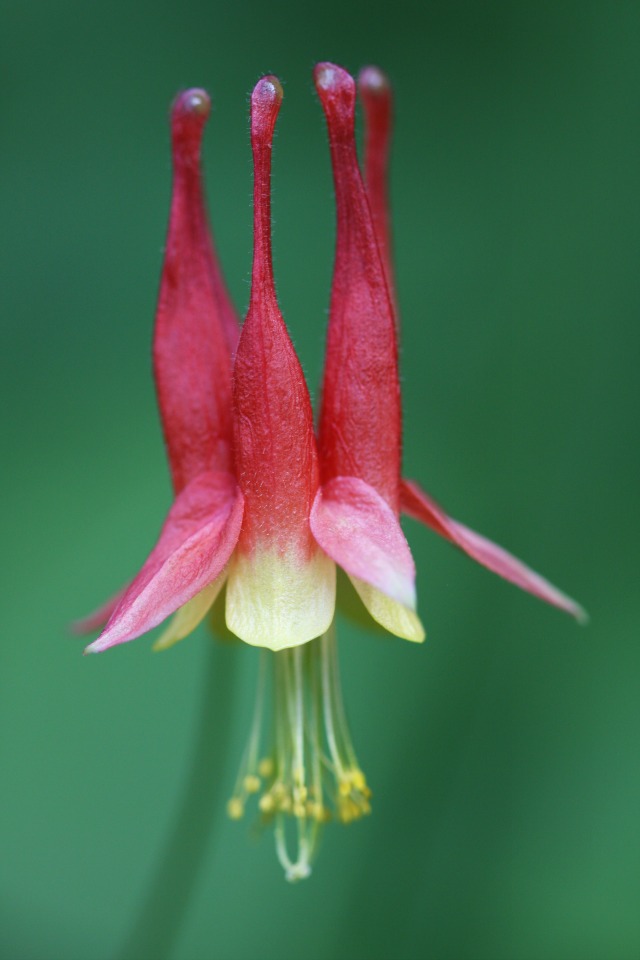
Whenever possible, include plants native to your area. They co-evolved with local wildlife over the centuries and so are often the perfect food. Native plants generally support a wide variety of insects that play a key role in local food chains. (In fact, some animals will visit only certain plants, such as monarch butterflies, which must have milkweed leaves for their larval stage.) Consider that the Norway maple, a popularly grown non-native tree, typically supports only a handful of insect types compared with native maples that can support well over 200 insect species. Low insect counts make Norway maples less desirable for nesting birds that don’t want to travel far to find food for themselves and their young.
BEWARE POISONED PLANTS.
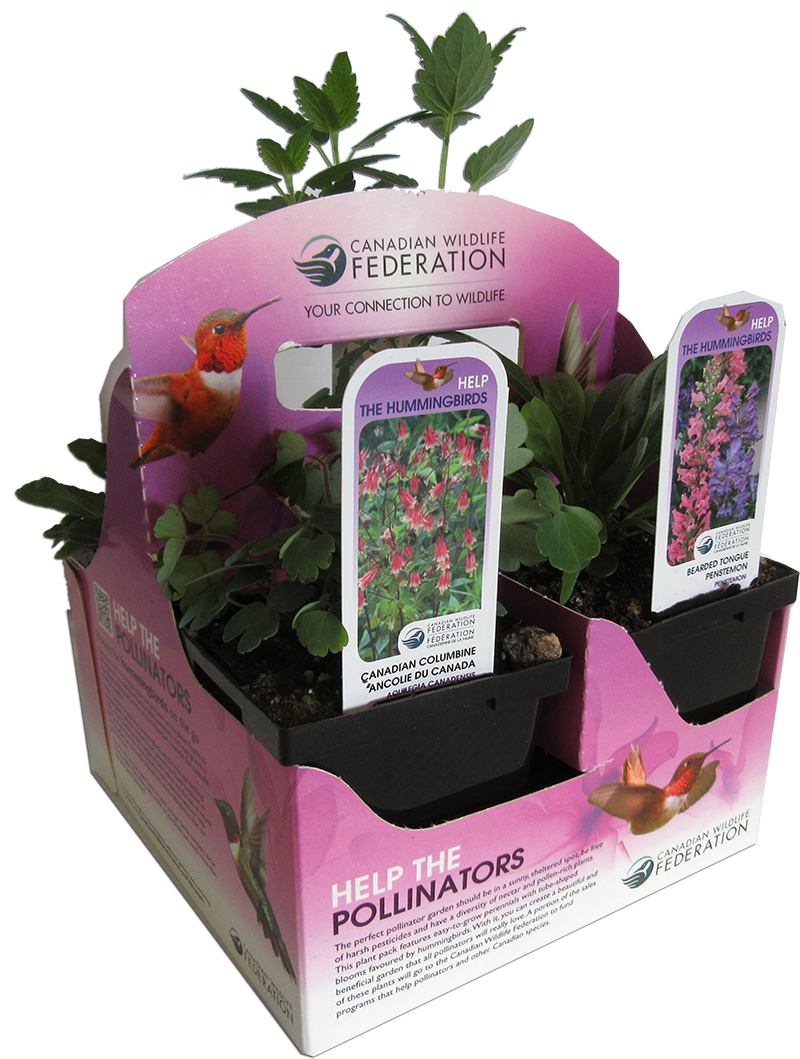 Avoid plants grown with neonicotinoids, as the pollen and nectar from these plants can seriously harm pollinators, even if the pesticide was used only on the seed. Read the label or ask nursery staff how the plant was grown. In May, CWF’s pollinator-friendly Medallion Plant packs will be available at Home Depot outlets across much of the country.
Avoid plants grown with neonicotinoids, as the pollen and nectar from these plants can seriously harm pollinators, even if the pesticide was used only on the seed. Read the label or ask nursery staff how the plant was grown. In May, CWF’s pollinator-friendly Medallion Plant packs will be available at Home Depot outlets across much of the country.
STOP THE INVADERS.
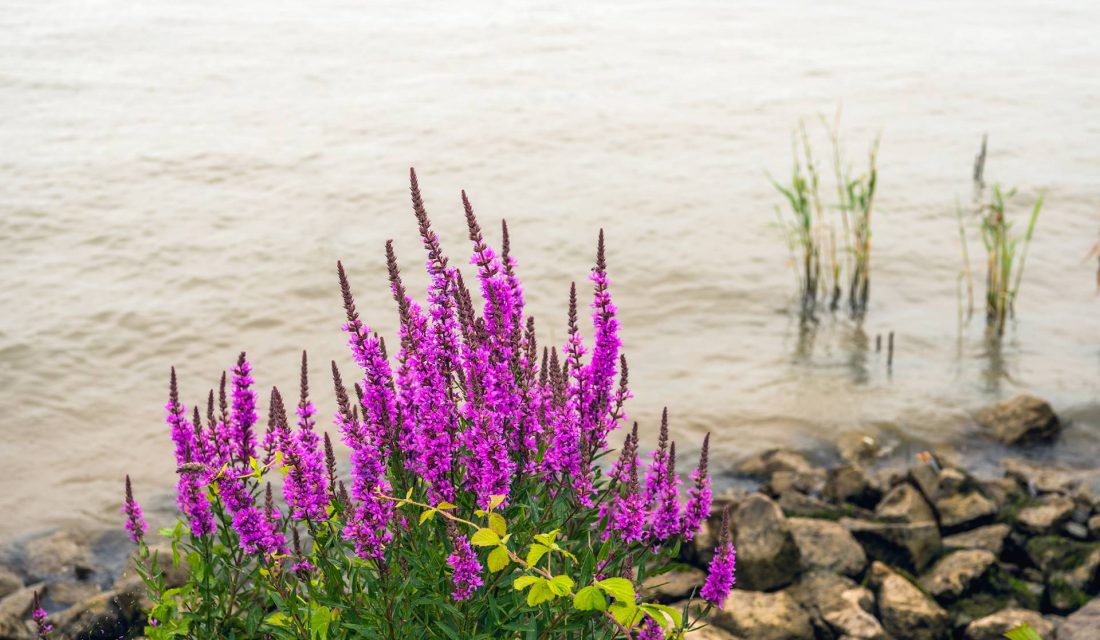 Avoid invasive plants that can spread aggressively beyond your garden. They will eventually push out native plants and reduce the biodiversity of species that visit. Some common examples of aggressive invasives, in addition to Norway maple, are common periwinkle, Asian bush honeysuckles and daylilies. Just say no.
Avoid invasive plants that can spread aggressively beyond your garden. They will eventually push out native plants and reduce the biodiversity of species that visit. Some common examples of aggressive invasives, in addition to Norway maple, are common periwinkle, Asian bush honeysuckles and daylilies. Just say no.
AVOID EMPTY BEAUTY
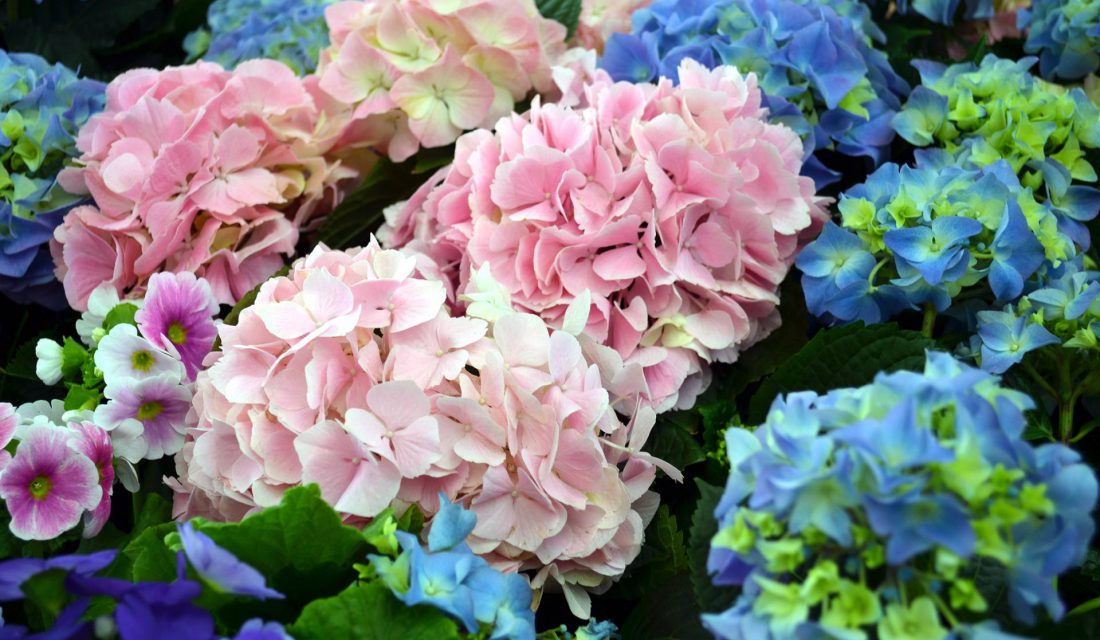 Some cultivars have been so overbred that while they may be appealing to us, they are virtually useless to wildlife. For instance, sunflowers and zinnias are actually clusters with many fertile flowers (with pollen and nectar) growing in the centre and some sterile flowers (with no food but a petal or sepal for show) around the edge. When modified excessively, as with mophead hydrangeas or pompom-shaped zinnias, inconspicuous fertile flowers are traded out for showy sterile versions, resulting in an all-too-beautiful flower head with little or no food for pollinators or food that is hard to reach with all the extra petals in the way. Still, if you happen to love mophead hydrangeas or other “wildlife-unfriendly” plants, you don’t have to get rid of them: just fill your plot with more fertile plants. Here’s a tip: if you can’t figure out if this applies to a plant you want to buy, look to see which plants at the nursery have bees and flies on them.
Some cultivars have been so overbred that while they may be appealing to us, they are virtually useless to wildlife. For instance, sunflowers and zinnias are actually clusters with many fertile flowers (with pollen and nectar) growing in the centre and some sterile flowers (with no food but a petal or sepal for show) around the edge. When modified excessively, as with mophead hydrangeas or pompom-shaped zinnias, inconspicuous fertile flowers are traded out for showy sterile versions, resulting in an all-too-beautiful flower head with little or no food for pollinators or food that is hard to reach with all the extra petals in the way. Still, if you happen to love mophead hydrangeas or other “wildlife-unfriendly” plants, you don’t have to get rid of them: just fill your plot with more fertile plants. Here’s a tip: if you can’t figure out if this applies to a plant you want to buy, look to see which plants at the nursery have bees and flies on them.
Visit CanadianWildlifeFederation.ca/gardening to learn more about these and other topics, including how to create and maintain a pesticide-free garden. While you are there, search for our Native Plant Encyclopedia.
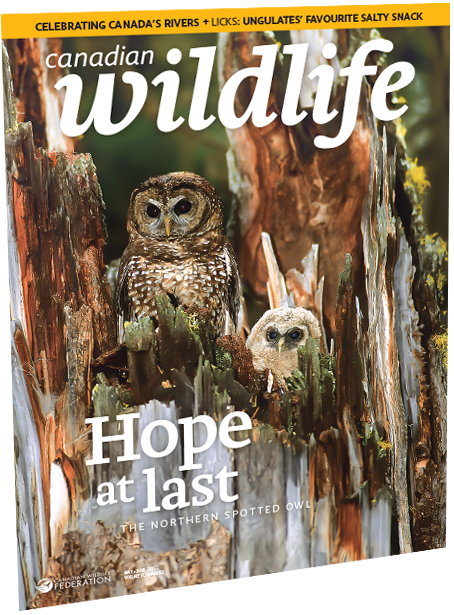
Reprinted from Canadian Wildlife magazine. Get more information or subscribe now! Now on newsstands! Or, get your digital edition today!

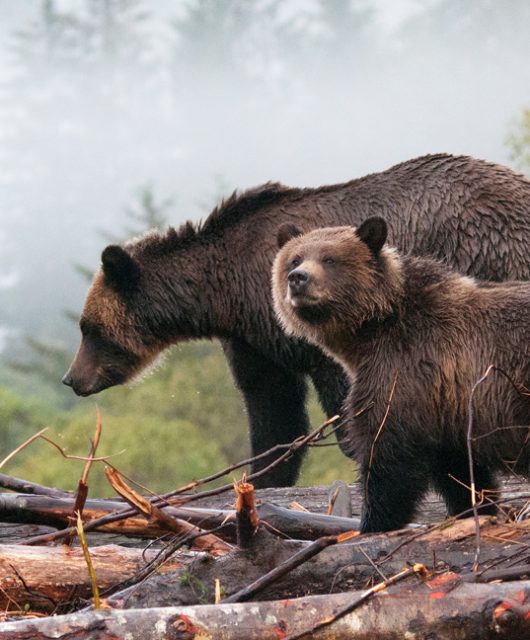

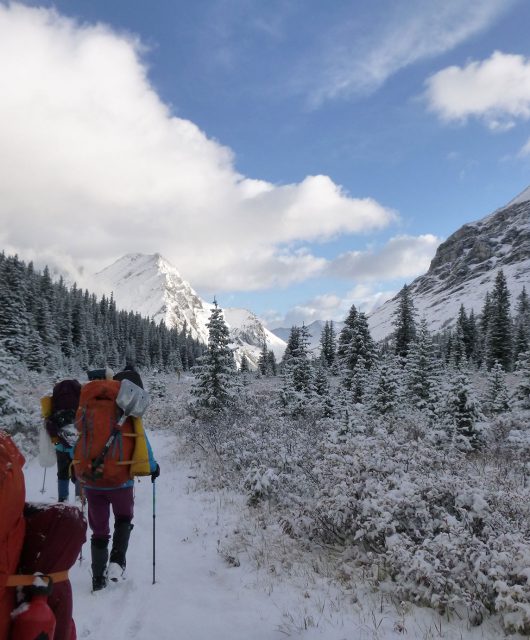
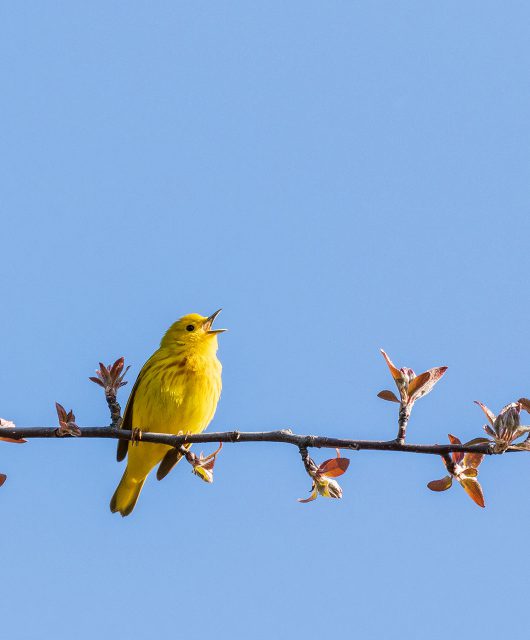
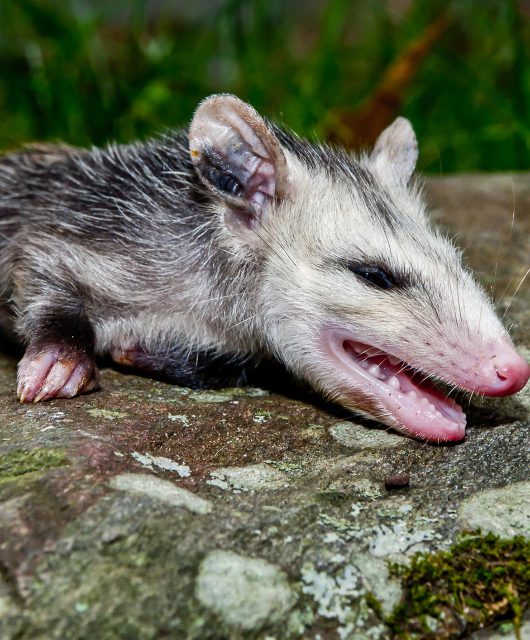
1 comment
April 19th, 2020 – Today in my garden in Winnipeg we saw a beautiful pileated woodpecker that was boring into a stump left over from a tree cut down last year. He stayed quite a while. We saw him doing the same thing last year. He is a beautiful bird and one I would like to encourage more often.